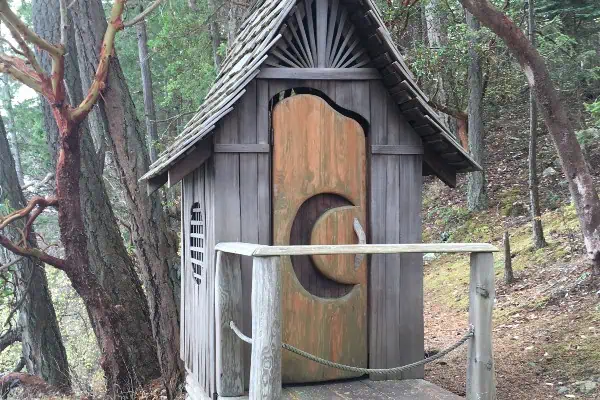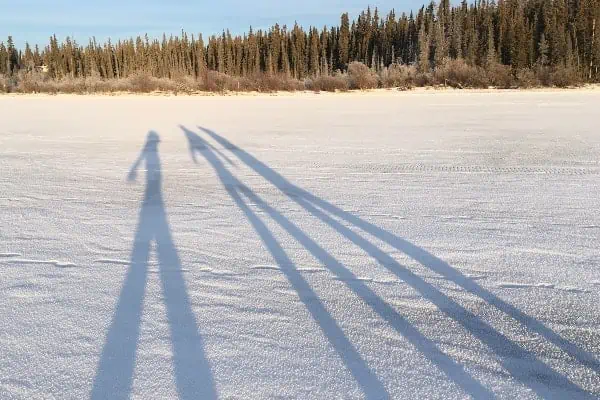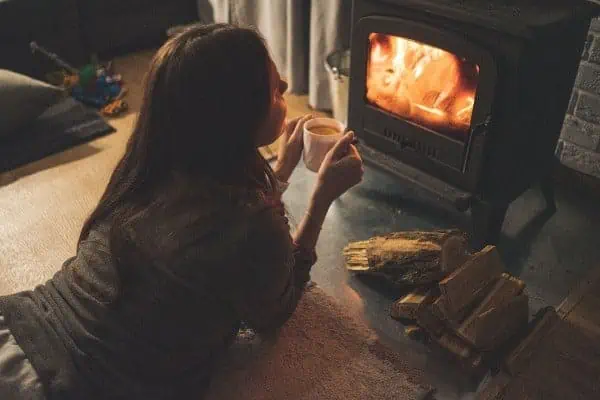Mentioning Yvonne Emson’s name can trigger a response like my neighbour’s: “Oh, she saved my life! My husband’s, too.”
Physiotherapists are not in the business of saving lives, but for people with severe or chronic pain, getting the right treatment can feel like rebirth.
After nearly 40 years practicing physiotherapy in the north, Emson is happily still treating patients, but she has reduced her hours and sold her clinic to colleague Kristy Lerch.
Whitehorse Physiotherapy was the first private physio clinic in the Yukon, and Emson can still remember her first patient in that clinic: a woman so desperate for treatment that she couldn’t wait for opening day.
“I was painting the walls with (my sister-in-law) Eva and there was paint and sawdust all over the place.”
A woman walked in with a little girl in tow. Emson told her she could see her once the clinic was open.
“She said no, you can see me now. She lay right down, surrounded by sawdust and insisted I look at her.”
That was almost 40 years ago.
“Not that long ago, I saw that little girl with her own granddaughter in the grocery store,” Emson laughs.
Emson’s career as a physiotherapist started before she came to Whitehorse. As a new graduate, she worked in a veterans’ hospital caring for the last remaining soldiers of the Boer War (which ended in 1902), and First World War victims of mustard gas.
These elderly patients had spent much of their lives inactive and immobile due to their injuries. Mustard gas victims were immersed in water for periods of time to prevent dehydration and tightening of their limbs. Physiotherapy was used to maintain their range of motion and bone density.
Emson also worked with polio patients. She recalls wards of 40 patients in “iron lungs,” which are large ventilators that helped patients to breathe when polio paralyzed their chest muscles.
At this time, Emson worked largely in the area of neurophysiotherapy, the branch that deals with nerves. At one point, however, she had a moment of truth.
“There I was, looking at a large patient lying on the mat and I had to get him back into his wheelchair. Well, just look at me.”
Emson is tiny.
“I thought to myself, I didn’t know if I should do this kind of work anymore.”
She then began working in the field of orthopaedic physiotherapy, which deals with musculoskeletal pain and injuries. From her experience with polio patients, she had become skilled at the hands-on treatment that involves manipulation of joints and soft tissues, which became known as orthopaedic manual therapy.
Working alongside Emson, Kristy Lerch particularly appreciates the skill she has learned over years of experience.
“She teaches me techniques that she’s used over and over and knows have been effective,” Lerch says.
These manipulations are often no longer taught in formal physiotherapy training.
Lerch and Emson theorize that with so much new information, physiotherapy schools have lessened the focus on the practical techniques that many patients find life-altering. Lerch explains that there is so much emerging knowledge in the field that it can be hard for a practitioner to keep up.
They hope to pass along some of the techniques through professional development among physiotherapists in the Yukon.
Among Emson’s many patients, a few unusual ones stand out, such as the client who used to fly her out every few months to treat him at his home on the Dezadeash Lake, which borders on the Kluane National Park.
The clients she remembers the most are those whose lives have been transformed by physiotherapy – the people who had been told there’s nothing that could be done, but then see progress.
Emson plans to continue working as long as she can.
“As long as I have something to contribute, and I can help people, I will keep working, because I love it.”




